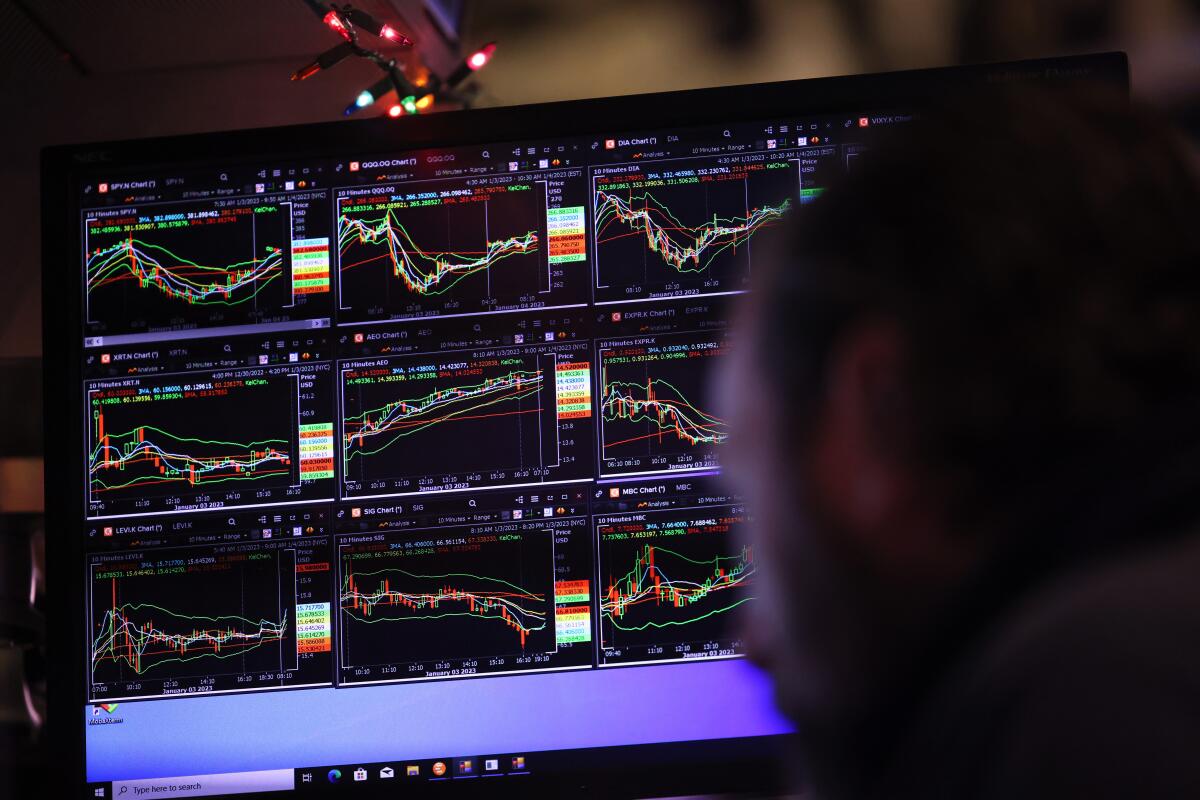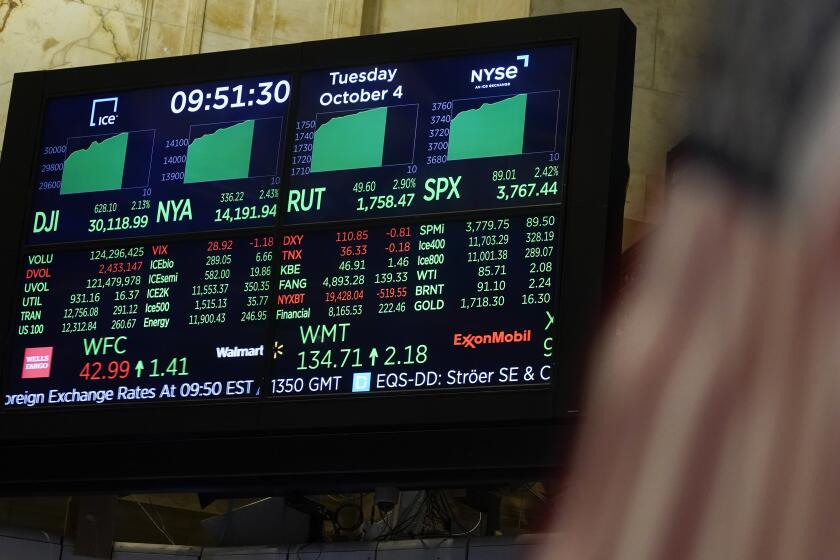U.S. inflation may not be so bad, pre-World War II data suggest

- Share via
The failure of forecasters to foresee the surge in inflation coming out of the COVID-19 pandemic has led many to question the efficacy of the macroeconomic models they use to try to understand what’s going on in the economy.
But maybe the problem is not the models per se, but the data that are fed into them. Traditionally they have covered economic developments since World War II and the correlations and patterns that period has exhibited.
“Economists focus much too narrowly on post-war data,” former International Monetary Fund chief economist and Harvard University professor Kenneth Rogoff said. “When you do experience different and unusual shocks, it’s extremely helpful to look out a bit longer time period.”
That’s exactly what Columbia University professor Stephanie Schmitt-Grohe does in her analysis of the recent run-up in inflation to multi-decade highs. And her number crunching — which stretches back to 1900 — suggests that today’s explosion in prices may not be quite as worrying as many fear.
Inflation was much more variable — widely swinging up and then down — from 1900 to the war years. That raises the possibility that the latest burst of prices may prove as ephemeral as back then and not become ingrained in the economy, as it did from the late 1960s through the 1970s.
California has paid out $8.4 billion of the $9.5 billion set aside for the Middle Class Tax Refund program, according to the Franchise Tax Board.
The last time the world suffered a pandemic, in 1918, inflation was on the rise. But by 1921 it had collapsed: Prices actually fell 11% that year.
When Schmitt-Grohe ran her model using data from 1955 to 2021, it showed a 2.5 percentage point increase in what she called the permanent component of inflation above the Fed’s 2% price target.
When the input was extended back to 1900, the rise was just a half percentage point — a markedly easier price problem for Fed Chair Jerome H. Powell and his colleagues to solve.
That doesn’t mean they shouldn’t raise interest rates to curb the price run-up, Schmitt-Grohe said.
“The right policy response if you want to get inflation down is to have a transitory increase in the federal funds rate and then come back down,” she told the American Economic Assn.’s annual conference Saturday.
Corporate profits have withstood raging inflation over much of the last year, but those good times may be ending.
In a separate presentation to the conference that day, Rogoff used data going back 10 centuries, to 1300, to argue that the global economy is unlikely to return to a regime of ultra-low interest rates once the pandemic has passed.
While yields have been declining for centuries, the drop has been at a glacial pace. The steep fall seen in the wake of the 2007-09 financial crisis — which saw yields on some bonds turn negative — was an anomaly that’s now being reversed.
He maintained that a variety of factors — including increased government deficits and debt and coming investment to combat climate change — will raise rates on balance above the low levels seen in the years following the financial crisis.
This isn’t the first time Rogoff has reached way back in history to understand the present and forecast the future.
In his 2009 “This Time Is Different” book with Carmen Reinhart, Rogoff used eight centuries of data to argue — correctly — that the economic recovery from the financial crisis would be slow and protracted.
More to Read
Inside the business of entertainment
The Wide Shot brings you news, analysis and insights on everything from streaming wars to production — and what it all means for the future.
You may occasionally receive promotional content from the Los Angeles Times.












